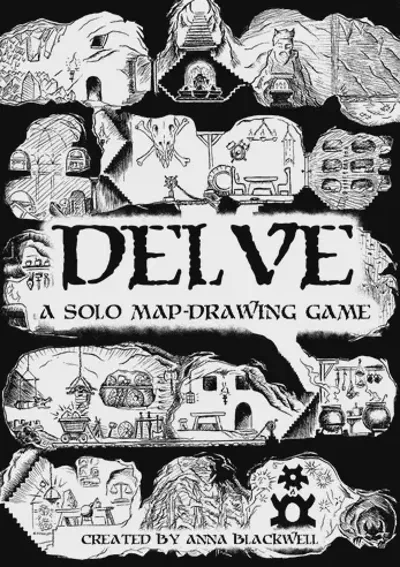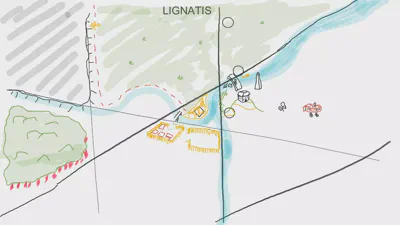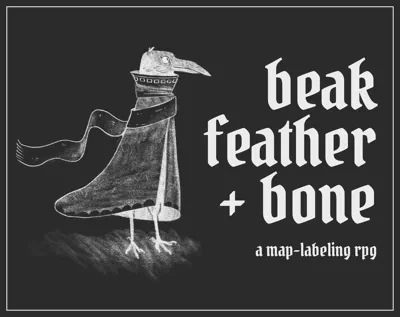AAR: The One Ring 2e
This was a game I played in rather than ran for once! It’s a published adventure in both The One Ring (and Adventures in Middle Earth) 1e, now updated to 2e. So unlike normal, I’ll skip the story.
In AiME it’s To Dungeons Deep in Erebor Adventures - for TOR 2e it’s been lowered in difficulty of enemies considerably, but otherwise is identical.
Thoughts
The good stuff:
- It’s great being in LotR again - I don’t know why I like playing games in Tolkein’s world. I guess it’s the fact that you can stitch in eurofantasy around the cracks and it’s pretty easy to cover things up. Or just quotes from the film!
- Stances add a bit of interest to combat, and encourage some Saxon shield walls. Characters can be in Ranged combat (or fleeing) or various levels of aggression in melee, effectively giving you 5e-style Reckless Attacks
- A bit less cruft than 5e (AiME), less hammering the square 5e peg into a round hole
The bad stuff:





